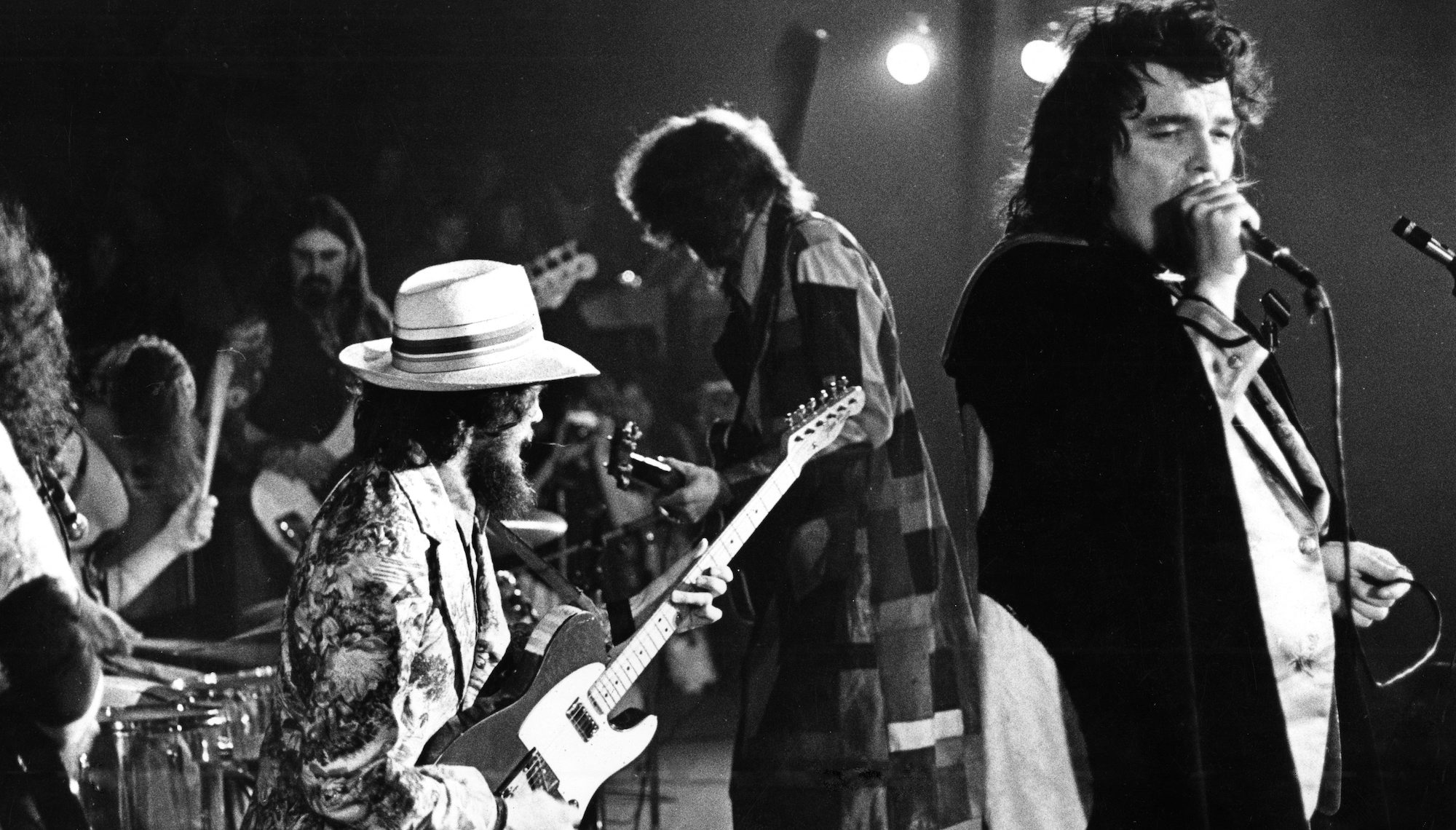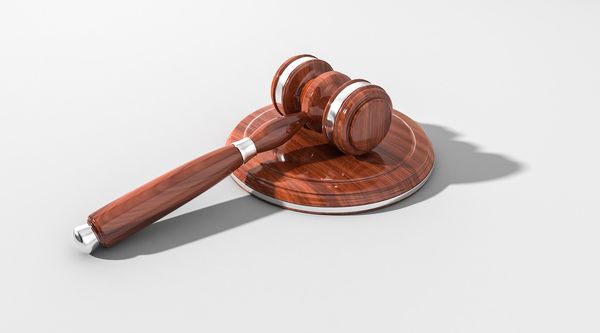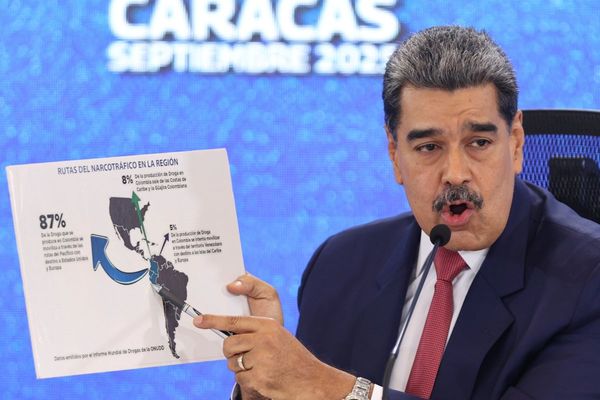
Dense as a rainforest, sometimes grating, and often hard to grasp, Captain Beefheart's best-known album, Trout Mask Replica, is the poster boy of late-Sixties avant-garde rock. And rightfully so. No other album from that era brought together as many disparate influences in such an utterly original, aggressively confrontational, and thought-provoking manner.
Big – 28 tunes in one hour and 20 minutes – Trout Mask was originally released as a double album. The album features the Magic Band's most legendary line-up: Captain Beefheart (Don Van Vliet), Zoot Horn Rollo (Bill Harkleroad), Antennae Jimmy Semens (Jeff Cotton), Rockette Morton (Mark Boston), Drumbo (John French), and The Mascara Snake (Victor Haydon).
Assimilating the sound of hard-driving African rhythms, Appalachian folk melodies and cadences, sea shanties, Delta blues licks, and free-form atonal jazz, the Magic Band provided the perfect backdrop to Beefheart's wailing/barking/spewing stream-of-consciousness singing. The cumulative effect is an explosive assault on the senses that later proved to be influential on such bands as Pere Ubu and Devo.
Everyone played in their own time signature and own key
Bill Harkleroad
Legend has it that Beefheart wrote all 28 songs in eight and a half hours, although band members recall that developing the music took somewhat longer.
In his book, Lunar Notes: Zoot Horn Rob's Captain Beefheart Experience, Bill Harkleroad describes the experiece: “I spent nine months learning the parts to Trout Mask. It was very hard work, [because Don's] creativity wasn't clear cut as far as being very musical. He adopted the mentality of a sculptor, using sound, bodies, and people as the tools.”
Most of the material was conceived at the piano, but Beefheart also used the guitar. “He would beat the shit out of the guitar,” Harkleroad says. “The result can best be described as Jackson Pollock trying to play like John Lee Hooker.”
The album's opening track, Frownland, immediately offers a hint of the madness to follow.
“The opening lick was in 7/8, but, like most of these tunes, it had those broken sections to it,” Harkleroad details. “Everyone played in their own time signature and own key, and came together at some points and not at others. You'd hold onto your part for dear life against the thrust of what everyone else was doing.”
And what of those crazy band member names?
“Frank Zappa, who had produced us, gave Don the name ‘Captain Beetheart,’” explains Harlkeroad, “so Don bestowed those of us in the Magic Band our own nicknames.
“The name ‘Zoot Horn Rollo’ was suggested for me, and I thought, ‘What? I don't know if I like it!’ Then I had a change of heart and thought, ‘Oh, whatever – I'm in the Beefheart band and this the coolest thing on earth. I'm going to be rich and famous and I won't even have to go to college!’”
This feature originally appeared in the June 1999 issue of Guitar World.







